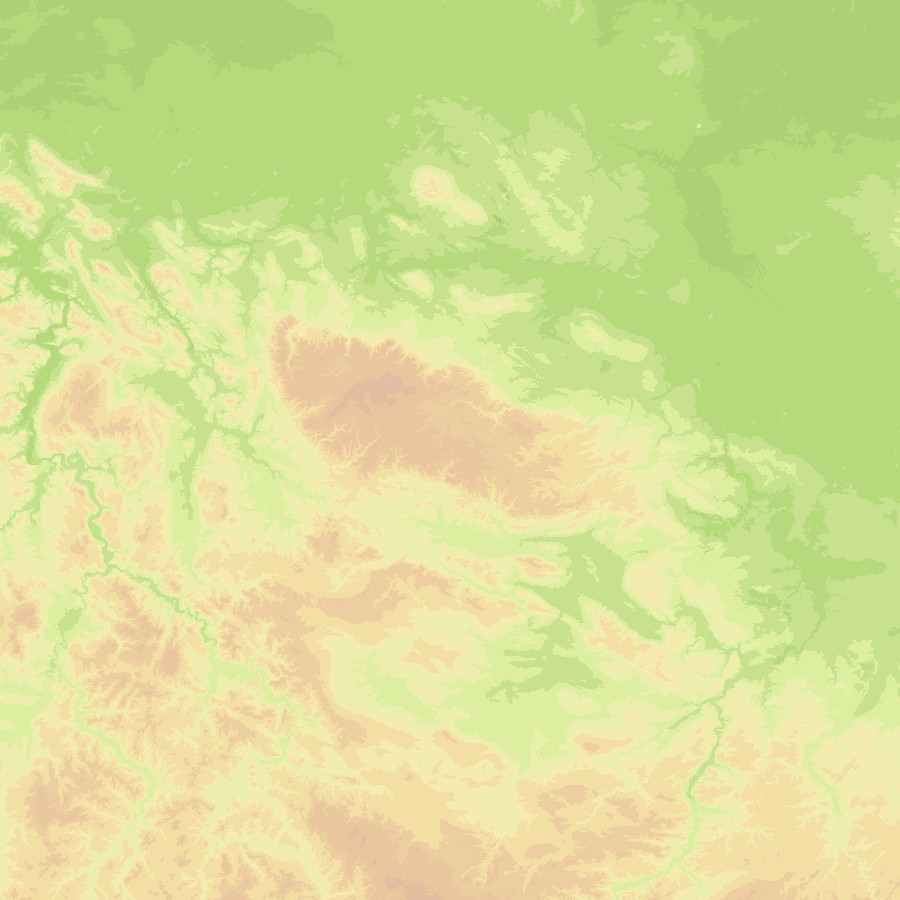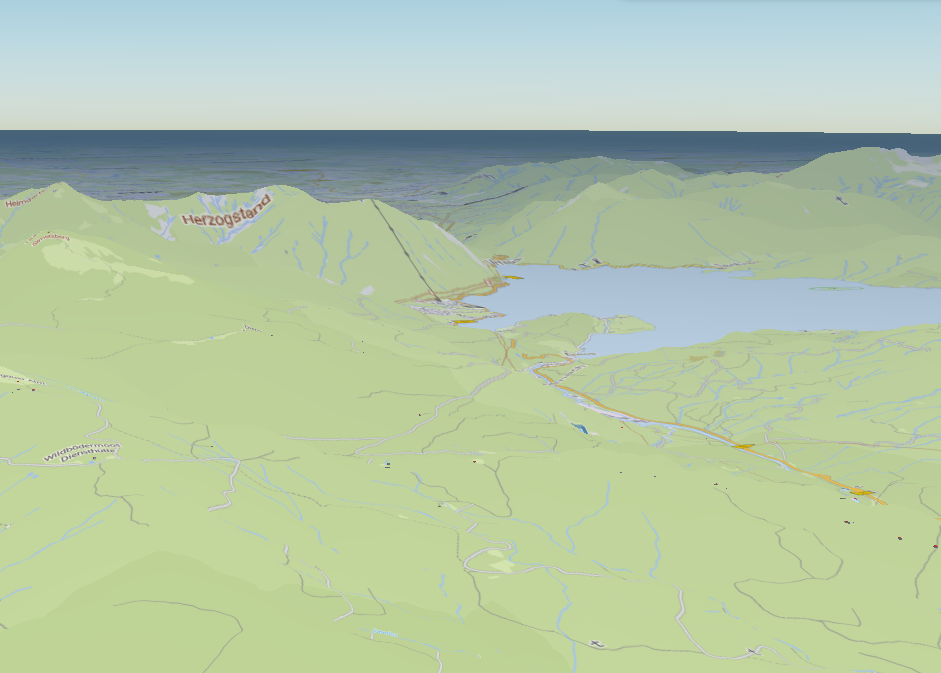cl_maintenanceAndUpdateFrequency
irregular
14636 record(s)
Provided by
Type of resources
Available actions
Topics
Keywords
Contact for the resource
Update frequencies
Service types
-

The hyperspectral instrument DESIS (DLR Earth Sensing Imaging Spectrometer) is one of four possible payloads of MUSES (Multi-User System for Earth Sensing), which is mounted on the International Space Station (ISS). DLR developed and delivered a Visual/Near-Infrared Imaging Spectrometer to Teledyne Brown Engineering, which was responsible for integrating the instrument. Teledyne Brown designed and constructed, integrated and tested the platform before delivered to NASA. Teledyne Brown collaborates with DLR in several areas, including basic and applied research for use of data. DESIS is operated in the wavelength range from visible through the near infrared and enables precise data acquisition from Earth's surface for applications including fire-detection, change detection, maritime domain awareness, and atmospheric research. Three product types can be ordered, which are Level 1B (systematic and radiometric corrected), Level 1C (geometrically corrected) and Level 2A (atmospherically corrected). The spatial resolution is about 30m on ground. DESIS is sensitive between 400nm and 1000nm with a spectral resolution of about 3.3nm. DESIS data are delivered in tiles of about 30x30km. For more information concerning DESIS the reader is referred to https://www.dlr.de/de/eoc/forschung-transfer/projekte-und-missionen/desis
-

-

-

For the calculation of the data "AIS Vessel Density", the data of the Universal Shipborne Automatic Identification System (AIS) were evaluated with regard to various parameters and ship types under stochastic aspects. The data are requested once a year for the past year from the European Maritime Safety Agency (EMSA). Among others, the information is collected and stored for the purpose of securing maritime traffic and is used for the manufacture of products produced for navigation by the Federal Maritime and Hydrographic Agency (BSH). The data "AIS Vessel Density" represent the mean spatial density distribution of the ships. The mean spatial ship density is the current number of ships that could be expected in a defined area (grid cell) at any time during a reference period under consideration. The counting distinguishes between five types of vessels: fishing vessels, cargo vessels, tankers, passenger vessels and all vessels. For more information, please visit: https://gdi.bsh.de/en/data/Vessel-Density-Annual-Values-timeslider_Dokumentation_Schiffsdichte_DE.pdf
-
-
-
-

The service contains the published status of the spatial stipulations of the site development plan as an additional source of information. The planning scale of the plan is 1:400,000. The published documents are authoritative.
-
-

The service contains the published status of the spatial stipulations of the site development plan as an additional source of information. The planning scale of the plan is 1:400,000. The published documents are authoritative.
 www.geodatenkatalog.de (S3L)
www.geodatenkatalog.de (S3L)